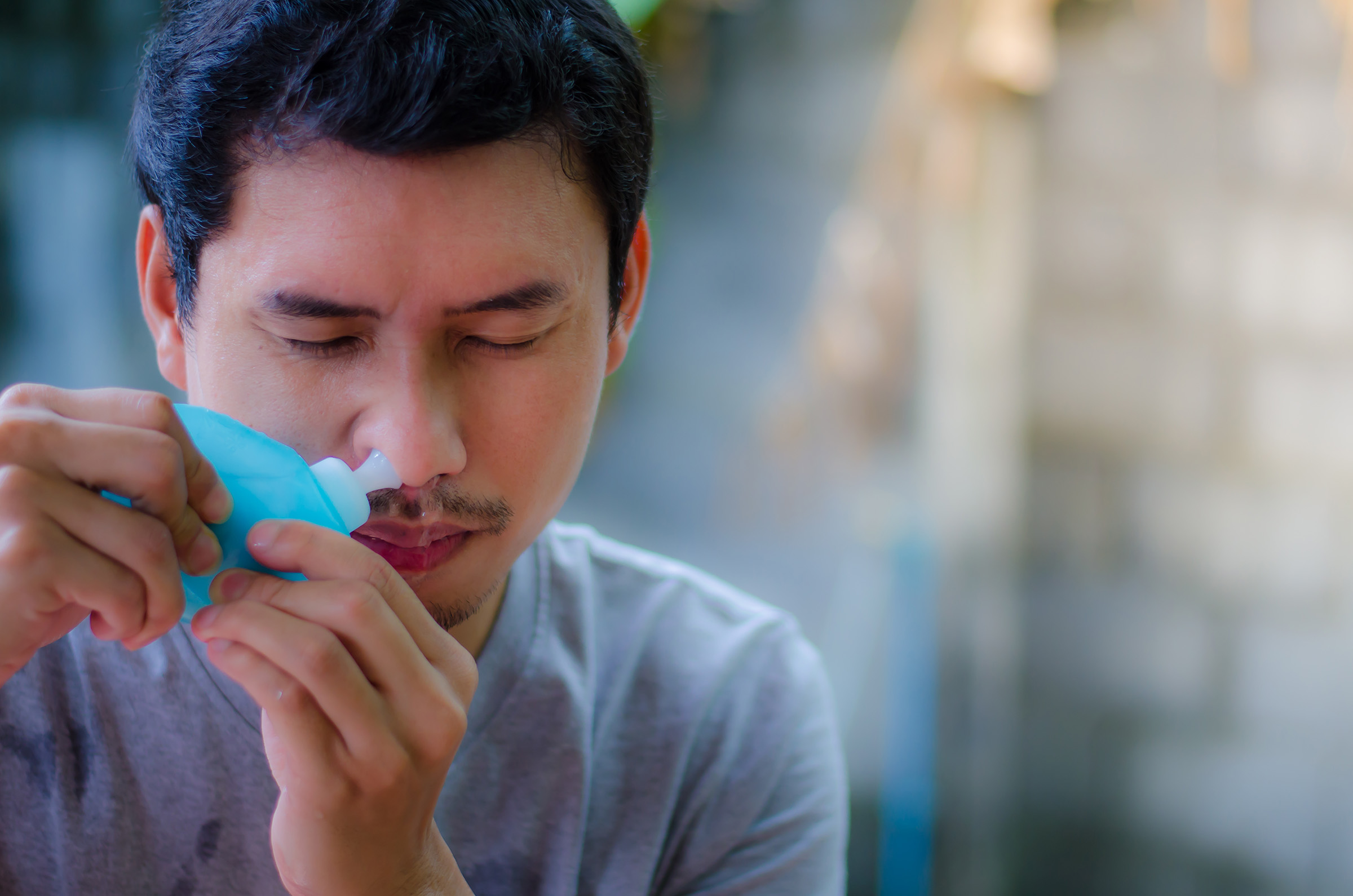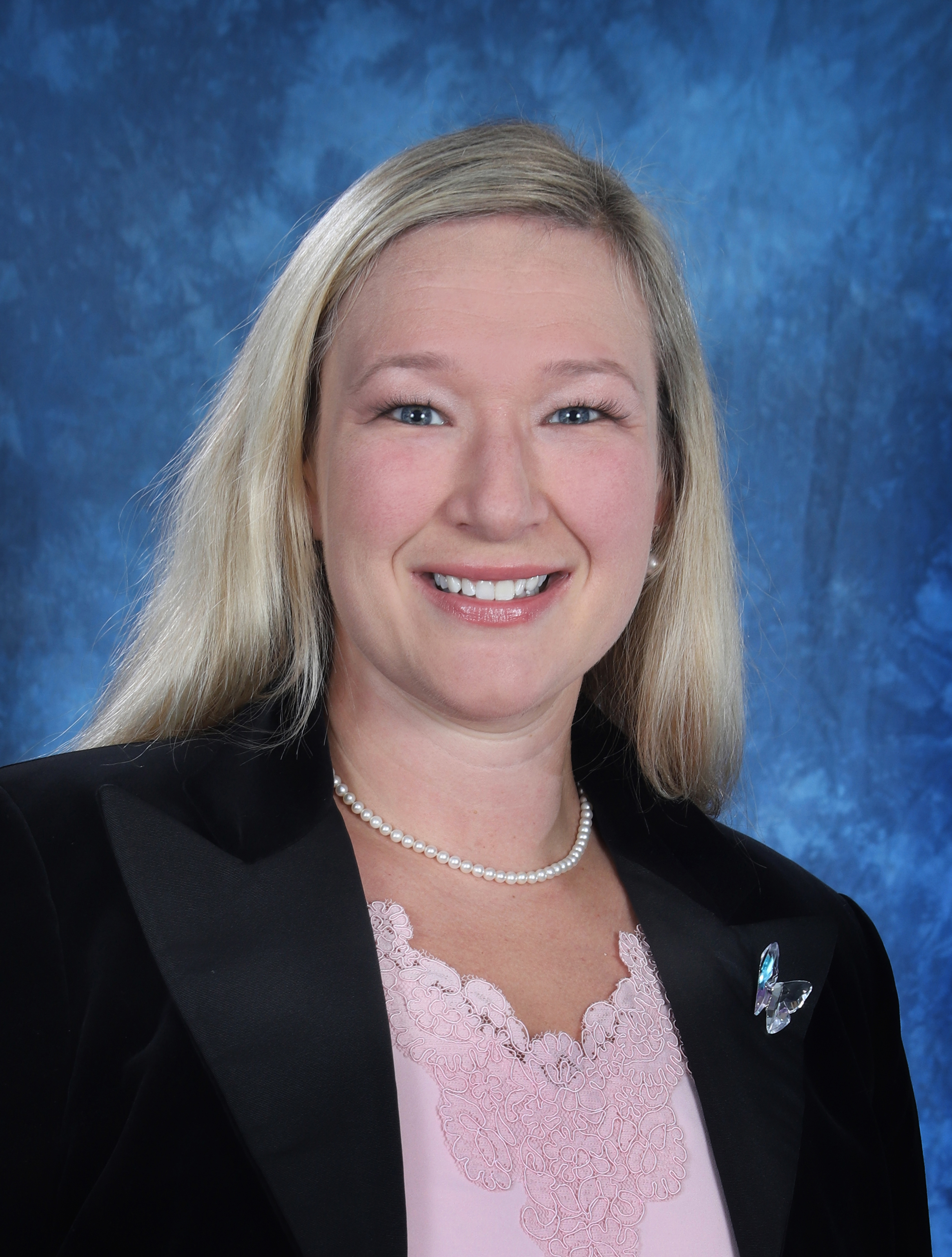
Published on April 19, 2023
Read Time: 5 Minutes
In recent years, sinus rinsing, using a neti pot or sinus rinse kit, has grown in popularity. Sinus rinsing also is known as nasal rinsing, sinus flushing or nasal irrigation. This procedure refers to the use of sterilized water with a saline (salt) solution to clean and clear out sinus passages that are clogged due to allergies or illnesses, such as colds, the flu or sinus infections.
When done properly, nasal irrigation can be an effective, natural way to help relieve sinus pressure and can even remove excess mucus. But a word of warning: improper use can actually increase your risk of infection. Phelps Health ENT Physician Mary Doellman, DO, encourages you to keep these dos and don’ts in mind when using sinus rinses or neti pots.
DOs
DO use boiled or distilled water. Make sure the water is mildly warm.
While rare, nasal rinsing can cause serious health problems when unsterilized water, including tap water, is used. Tap water is safe for drinking and bathing or showering. However, it can contain bacteria, including amoebas, that can cause serious or life-threatening infections in nasal passages. If you drink tap water, the acid in your stomach kills these bacteria. Since there’s no acid in your sinuses, however, these organisms are able to grow and thrive there. They also may travel into your brain. For these reasons, be sure to use distilled water, or if using tap water, boil it for 3-5 minutes and allow it to cool to room temperature.

Why warm water? Cold water can give you a bad headache, similar to an ice cream headache. And if the water is too hot, it also can be irritating and even burn. On a more serious note, if you just had sinus surgery and you use a cold solution, you could develop bony growths in your nasal passages called paranasal sinus exostoses (PSE).
DO use the sinus rinse packets included in your kit.
These packets contain a mixture of pharmacy-grade salt and baking soda. Rinsing your nasal passages with only plain water without this mixture will result in a severe burning sensation as plain water is not good for your nasal lining. Plain water also can cause your tissue to swell, giving the feeling of more congestion.
In special situations, your doctor may tell you to add medications or make the salt solution hypertonic (increase the salt concentration). Changing the “formula” should only be done under your provider’s direction.
DO take steps to avoid ear discomfort.
Keep your mouth open and do not hold your breath while rinsing to avoid ear pain.
DO gently blow your nose after rinsing.
Blow your nose gently, without pinching your nose completely to avoid pressure on your eardrums. If tolerable, gently sniff in any solution remaining in the nasal passage once or twice, as this may clean out the back of your nasal passage. At times, some solution will reach the back of your throat, so you’ll need to spit it out. To help drain any leftover solution, blow your nose gently while tilting your head forward and to the opposite side of the nasal passage you just rinsed.
DO properly clean neti pots and sinus rinse bottles.
Manufacturers strongly recommend you handwash and thoroughly dry nasal irrigation products after every use. Like your toothbrush, these products should be replaced every 3 months, as well. For your product’s specific cleaning recommendations, refer to the instruction manual or website.
DON'Ts
DON’T overuse it.
Use a nasal rinse as needed, whether it be a few days or once a week. When your allergies are bad, you can use a neti pot or nasal rinse one to two times per day. Be aware, though, that using nasal rinses too often can irritate your nasal passages. If you’ve had a sinus surgery, consult your healthcare provider before use.
DON’T use if you have an ear infection WITHOUT talking to your provider first.
Ear issues? Make an appointment or send your provider a message via MyChart. Many ear complaints are allergy related and can be alleviated by sinus rinsing, but it’s best practice to check with your provider first.
Also, if you have had an ear surgery, talk to your primary care provider (PCP) or ear, nose and throat (ENT) provider before irrigation.
DON’T attempt to use a homemade saline solution without a specific recipe.
Premade saline packets are the best, as they have the specific ratios of sodium chloride and buffering solution. Homemade solutions without specific guidance may have incorrect concentrations, leading to inadequate relief or even nasal congestion. Store-bought salt may have extra additives, like iodine, that can irritate the sinuses. Even when following an approved “recipe,” homemade solutions are often more work than they are worth. Additionally, store-bought table salt and baking soda are not medical grade and may contain impurities.
DON’T use the dishwasher.
While sinus rinse bottles and neti pots are often dishwasher safe, a dishwasher will not adequately clean them. A dishwasher’s water jets cannot enter the neck of the bottle/spout of the pot, so portions of the product’s interior may not get cleaned thoroughly.
DON’T use on infants or children under 2 years old WITHOUT guidance from an ENT provider.
If your child has a stuffy nose, talk with their pediatrician, PCP or ENT specialist about treatments and medications that can help before using a sinus rinse. (Children under 3 months can’t sufficiently hold their heads up on their own.) In some situations, a sinus rinse may be recommended, but your provider will show you how to use it.
Older children may be able to tolerate a sinus rinse, but ask your healthcare professional first to make sure sinus rinses would be safe and effective for your child’s condition. Additionally, make sure to use a child-sized device.
Is Sinus Rinsing Right for Me?
If you have questions or concerns about neti pots or sinus rinsing, talk to your healthcare provider. Finally, always follow the manufacturer’s directions for use.